Which birds might I see today? Migrating ducks
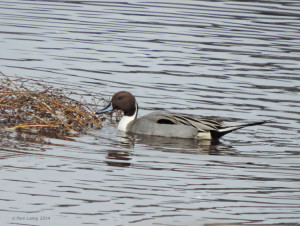
Did you know that about 30 different species of ducks can be seen in our valley sometime during the year? Like the ever-present Mallard, which everyone recognizes, about half of these species stay here throughout the winter months, wherever they can find open water and food. But at this time of year those ducks that go further south come north again, and spread out across the northern part of Canada to breed.
Usually the first to return are the Northern Pintails. These are slim, elegant ducks. As I write in mid-March, sizeable flocks are moving northwards. These are dabbling ducks, which do not dive, but feed by tipping up and gathering seeds, aquatic vegetation, sedges, grains and occasional insects in shallow lakes and ponds.
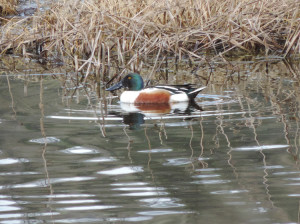
Shortly after the pintails come the Northern Shovelers. These are also dabbling ducks, but they feed by filtering mud and floating vegetable matter as well as insects through the comb-like edges of their beaks. They look front-heavy, and are easily recognized – large beak, bright white and chestnut flanks on the males.
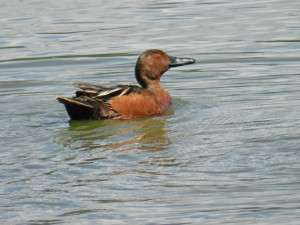
The teals are all small dabbling ducks. Green-winged Teal can be seen here year-round, but first Cinnamon Teal, then Blue-winged Teal will return later in spring. Cinnamon Teal males are a glorious rich deep cinnamon colour. They will forage along the shores of shallow ponds to find insects, snails and the seeds of aquatic vegetation.
Blue-winged Teal enjoy a similar diet, and feed in grain fields in fall to fatten up before flying south. Notice the pale crescent between eye and beak on the male.
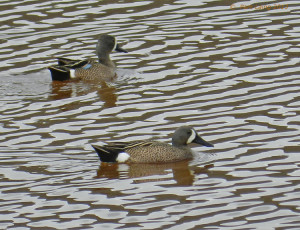
Perhaps the most endearing of the migrants is the Ruddy Duck. (Yes, that really is its name.) Unlike the other ducks mentioned here,
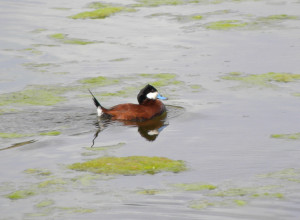
Ruddy Ducks are diving ducks, feeding on aquatic insect larvae, snails, and other small organisms in the underwater ‘ooze’. To me they look comical, with their chestnut flanks, squarish black and white head, bright blue bill and a tail often held stiffly at right angles to the body.
All the migrating waterfowl are edgy and nervous while on the move, hence they travel in convoys so that there are more eyes to watch for potential danger. Keep your eyes open as you go about Lake Country and the valley this spring. Chances are good that you will spot one of these new arrivals. (And sometime I’ll tell you about all the different ducks you can see in winter!)
Pam Laing, Okanagan birder.







0 Comments